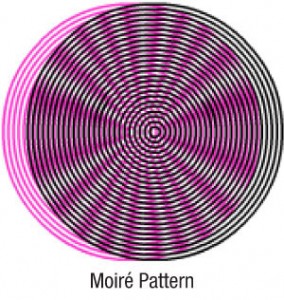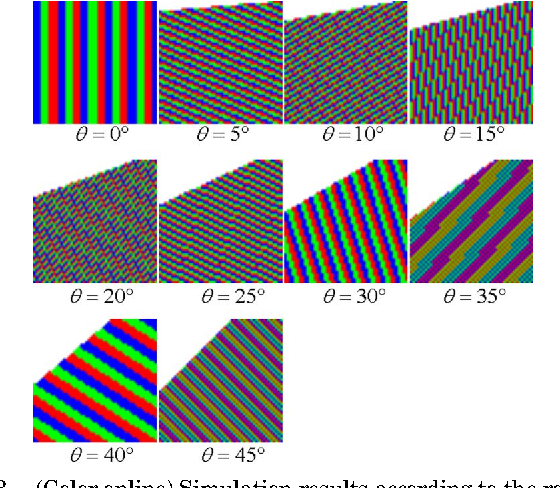

The Effect of Optical Low-Pass Filterįor many years, camera manufacturers have been dealing with moiré patterns by introducing a “blur” filter in the optical low-pass filter (which is a filter stack that sits in front of the image sensor). Once color information is added to the image from the bayer filter during the demosaicing process, additional rainbow-like patterns can appear on top of the image. Depending on the frequency and direction of the grids, it can show different patterns. Now here is what happens when the two grids are overlaid on top of each other:Ĭombining the two grids resulted in many new patterns, which is moiréĪs you can see, combining the first two grids and overlaying them on top of each other creates many new larger repeating square shapes – that’s essentially how moiré gets formed. Now let’s take a look at a curved grid, which I slightly tilted clock-wise: Curved grid Take a look at the simple square grid below, which is made to imitate how digital sensor pixels are overlaid on a grid: Straight grid, similar to one found on image sensors


With two separate patterns overlaid on top of each other, a third, false pattern emerges in the form of “moiré pattern”. In photography, moiré happens when the item being photographed contains a detailed pattern that does not play along with the pattern of the imaging sensor. You might have even seen it on your television. Moiré is almost never seen in nature, but can be commonly found when photographing everyday objects – you might see it in all kinds of fabric (jackets, shirts, towels and curtains), straight hair, architecture, etc. See the strange rainbow pattern on the left side of the image, as well as the wavy pattern visible on the right side? That’s moiré for you, at its worst.


 0 kommentar(er)
0 kommentar(er)
